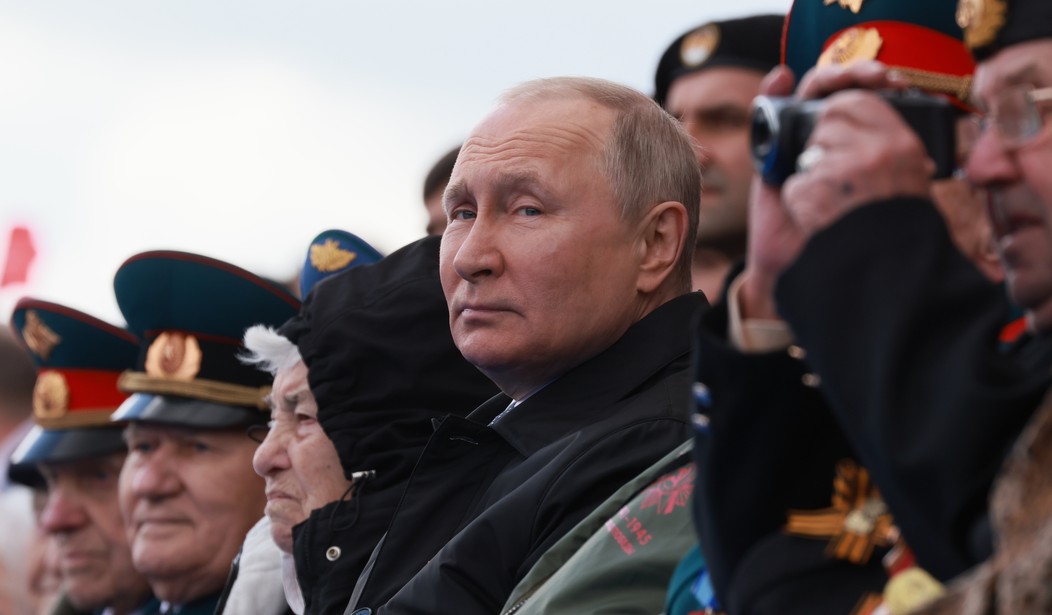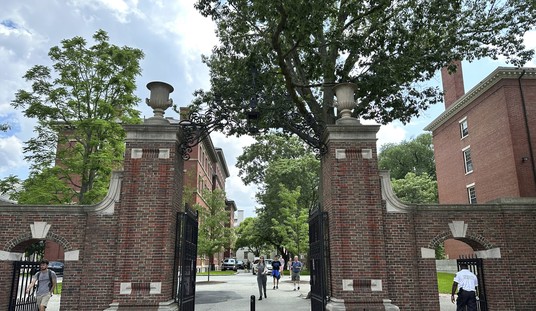The opinions expressed by contributors are their own and do not necessarily represent the views of RedState.com.
In November and early December 2022, Spain was hit by a string of letter bombs targeting embassies and officials in the Spanish government. On November 24, the office of Spain’s Prime Minister Pedro Sanchez (I’m not making that up) received a suspicious package that turned out to contain explosives. November 30, a letter bomb addressed to Ukraine’s ambassador in Spain exploded in the mail room of the Ukrainian embassy in Madrid, injuring an embassy employee. On December 1, explosive parcels were delivered to a weapons manufacturer at Zaragosa and Torrejon Air Base, to the Spanish defense minister, and to the US ambassador.
The devices were rudimentary, consisting of loose gunpowder and an electrical detonation device. Definitely not in the Ted Kaczynski class.
Till now 4 explosive package found at #Spain
1.first letter-bomb #Ukrainian embassy
2. second package at headquarters of Spanish weapons manufacturer
3. third at #European Union satellite center located at an air force base
4. Fourth at Spain’s Ministry of Defense in #Madrid pic.twitter.com/bdLBpkRkYM— Amit Sahu (@amitsahujourno) December 1, 2022
Because of the targets of the devices and because Spain is a strong supporter of Ukraine, investigators suspected that the attacks might have a political motive.
Right on cue, we get RUSSIA! RUSSIA! RUSSIA! This quote is from a New York Times article headlined Russian Agents Suspected of Directing Far-Right Group to Mail Bombs in Spain.
Investigators in recent weeks have focused on the Russian Imperial Movement, a radical group that has members and associates across Europe and military-style training centers in St. Petersburg, Russia, the officials said. They added that the group, which has been designated a global terrorist organization by the U.S. State Department, is believed to have ties to Russian intelligence agencies. Important members of the group have been in Spain, and the police there have tracked its ties with far-right Spanish organizations.
U.S. officials say that the Russian officers who directed the campaign appeared intent on keeping European governments off guard and may be testing out proxy groups in the event Moscow decides to escalate a conflict.
The apparent aim of the action was to signal that Russia and its proxies could carry out terrorist strikes across Europe, including in the capitals of member states of NATO, which is helping defend Ukraine against Russia’s invasion, said the U.S. officials, who spoke on the condition of anonymity because of the sensitivities around the investigation. Spain is a member of the alliance and has given military and humanitarian aid to Ukraine, as well as diplomatic support.
…
“This seems like a warning shot,” said Nathan Sales, the State Department’s counterterrorism coordinator in the Trump administration, when the Russian Imperial Movement was designated a terrorist organization. “It’s Russia sending a signal that it’s prepared to use terrorist proxies to attack in the West’s rear areas.”
We are even introduced to a shadowy division of Russian Military Intelligence, the GRU, called Unit 29155.
One specific part of the agency, Unit 29155, has tried to destabilize Europe through attempted coups and assassinations, according to U.S. and European security officials. Its agents include Russian war veterans, and it was so secretive that most G.R.U. operatives probably did not know it existed. American and allied officials learned about the unit only in recent years.
U.S. officials suspect that the Russian officers involved in the Spain action are part of the 161st Special Purpose Specialist Training Center, whose headquarters in eastern Moscow house Unit 29155, among other groups, U.S. officials say.
Well, Spain has now arrested a suspect.
The Spanish Interior Ministry said on Wednesday that the police had arrested a 74-year-old man on suspicion of carrying out a recent letter bomb campaign, which U.S. officials have said was intended to signal how Russia and its proxies could carry out terrorist strikes in NATO member states.
The arrest of the man, a Spanish citizen, comes days after American and European officials said they believed that Russian military intelligence officers had directed associates of a white supremacist militant group based in Russia to carry out the attacks.
Investigators have focused in recent weeks on the Russian Imperial Movement, a group that has members and associates across Europe, according to the U.S. officials, who spoke on condition of anonymity because of the sensitivities around the inquiry.
Wait for it.
According to a statement from the Interior Ministry, the Spanish authorities believe that the man who was arrested made and sent all of the six letter bombs himself, though the “participation or influence of other people” was not ruled out. The statement made no mention of any link between the man, who police investigators said had “technical and computer knowledge,” and either far-right groups or the Russian government.
The letter bombs were all sent from the northeastern Spanish city of Burgos, the main city in the region of Burgos where the man was arrested, the statement said.
While the New York Times continues to flog the GRU-controlled white supremacists theory throughout this story, they omit a crucial fact.
Spain letter bomb suspect 'a friendly, chatty pensioner and regular at local bar'. My latest for @theipaper on the unassuming 'mastermind' behind devices sent to targets including the Spanish PM and Ukrainian embassy https://t.co/kkvdXdexIA
— grahamkeeley (@grahamkeeley) January 26, 2023
So, a one-man cell consisting of a “friendly, chatty” 74-year-old man was the best the feared “Unit 29155” could come up with through their proxy organization, the white supremacist Russian Imperial Movement. Thank heaven the Guardia Civil were on the case and nipped this threat to Western democracy in the bud.
This story has several possibilities, but none look very good for anyone involved.
First, intelligence officials who briefed the New York Times and other media on this story thought the bomber would never be caught and decided to create a Russian threat out of thin air. Our media, because they are the relentless firemen of the Department of Truth, ran with the story because the government would never lie to them. I’ll warn you, this is the best-case scenario.
Second, the intelligence community actually believes this horsesh**. And because the media are who they are, they went along with it. I’m afraid this is the most likely scenario, given what we’ve seen over the past couple of decades.
Third, the Russians did concoct a letter-bomb plot, and this was the best they could come up with.
There is an outside possibility of a fourth option. The New York Times story was correct, and the Spanish police arrested the wrong man. If that comes to pass, I’ll cheerfully agree to kiss their ass at high noon at a place and date of their choosing, and give them an hour to draw a crowd.
I’d like to think that at some point, the media would get tired of being embarrassed, as one fake Russian plot after another is revealed to be something concocted inside the DC Beltway, but I don’t think that will happen. If you read the New York Times story about the arrest in a hurry, you’d be excused for thinking the Spanish police just shut down a GRU terror campaign. Most of the story is a rehash of the original story that was made look ridiculous when the sole suspect in the case was arrested.
I’m no fan of the Russians, but propping a sick and decaying regime up as a supervillain for political purposes and to increase bureaucracy budgets has to stop. It distorts our foreign policy and forces politicians to make stupid decisions because Russia is involved.













Join the conversation as a VIP Member